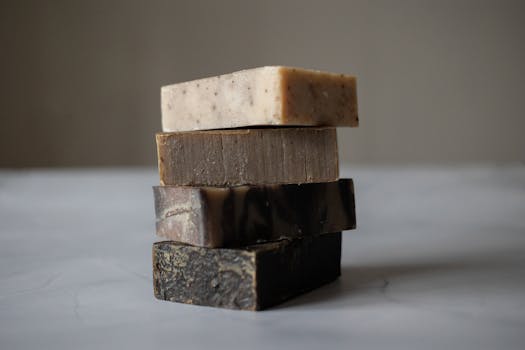Introduction to Breathwork in Fitness
I still remember my first Pilates class like it was yesterday. I was excited to try this new form of exercise that promised to strengthen my core and improve my flexibility. But as I lay on the mat, struggling to engage my abs and maintain a steady pace, I couldn’t help but feel like something was missing. That’s when my instructor introduced me to the concept of breathwork, a technique borrowed from yoga that would change my fitness journey forever.
Breathing Life into Fitness: Integrating Breathwork from Yoga into Pilates is not just a concept; it’s a game-changer. By incorporating the mindful breathing practices of yoga into the physical movements of Pilates, I experienced a profound shift in my workouts. My movements became more deliberate, my focus sharper, and my overall sense of well-being greatly enhanced.
The Power of Breathwork in Yoga
Yoga has long been revered for its emphasis on breathwork, recognizing the intricate link between the breath and the body’s physical and mental states. Through various breathing techniques, yoga practitioners can influence their nervous system, calm their minds, and prepare their bodies for physical activity. The most common yoga breathing techniques include Ujjayi (the ocean breath), Kapalabhati (the breath of fire), and Bhastrika (the bellows breath), each serving a unique purpose in the practice.
As I delved deeper into the world of yoga, I began to appreciate the complexity and simplicity of breathwork. It’s astonishing how something as natural as breathing can be both an instinctual act and a skill that requires practice and dedication. The beauty of yoga’s approach to breathwork lies in its ability to make the practitioner aware of their breath, encouraging a mindful and meditative state even in the midst of physical exertion.
Integrating Breathwork into Pilates
Pilates, with its focus on core strength, flexibility, and body control, offers the perfect canvas for the integration of breathwork. By incorporating yoga’s breathing techniques into Pilates exercises, individuals can experience a more holistic and engaging workout. The key is to synchronize the breath with the movement, using the breath to guide and facilitate the physical actions.
For example, during a Pilates roll-up, inhaling as you curl up towards your knees and exhaling as you roll back down can enhance the movement’s effectiveness and reduce strain on the lower back. Similarly, using Ujjayi breathing during core engagements can help maintain a steady pace and promote a deeper connection with the muscles being worked.
Benefits of Combined Practice
The integration of breathwork from yoga into Pilates yields numerous benefits, extending beyond the physical realm into mental and emotional well-being. Some of the key advantages include:
- Enhanced Mind-Body Connection: By focusing on the breath, practitioners develop a greater awareness of their body positions, movements, and the engagement of their muscles.
- Improved Physical Performance: Synchronizing breath with movement can improve the efficiency and effectiveness of exercises, leading to better physical outcomes.
- Reduced Stress and Anxiety: The mindful breathing practices borrowed from yoga can help calm the mind and reduce stress levels, even in the midst of intense physical activity.
- Increased Flexibility and Mobility: The combination of Pilates’ physical movements with the deep, conscious breathing of yoga can lead to greater flexibility and a wider range of motion.
As I continue on my fitness journey, I’m constantly reminded of the power of breathwork. Whether I’m flowing through a yoga sequence or engaging in a challenging Pilates session, the integration of mindful breathing practices has elevated my experience, making each workout not just a physical challenge, but a holistic practice that nourishes both body and mind.
In conclusion, Breathing Life into Fitness: Integrating Breathwork from Yoga into Pilates is more than just a fitness trend; it’s a profound approach to wellness that recognizes the interconnectedness of breath, body, and mind. By embracing this integration, individuals can unlock a deeper level of fitness and well-being, one that transcends the physical realm and touches the very essence of who we are.





